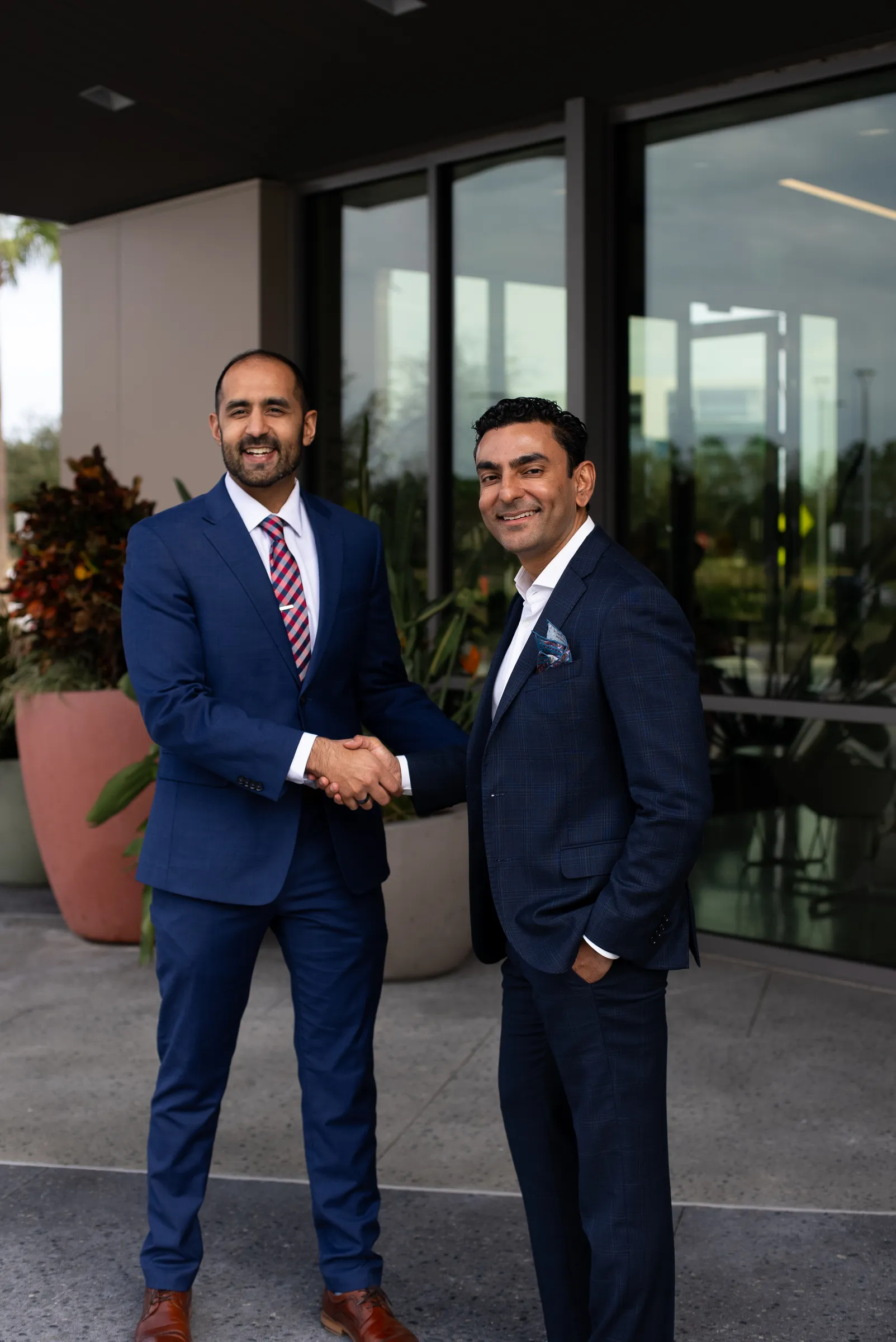
LASIK stands for laser in-situ keratomileusis and includes reshaping the cornea so that light traveling through it is properly focused onto the retina located in the back of the eye. Considering the procedure? Here we take a look at what you need to know before, during, and after LASIK vision correction.
Before the Procedure
Before LASIK vision correction is performed, you will meet with an eye surgeon who will brief you on what to expect during and after the procedure. During this meeting, you will receive a full eye exam along with an evaluation of your medical history. Eye tests that are typical administered include: measuring corneal thickness, refraction, corneal mapping, air pressure, and pupil dilation. After your health is evaluated, you will meet with the surgeon to discuss any further questions you may have and schedule an appointment for the LASIK procedure.
Be sure to plan to have someone drive you home after the surgery.
During the Procedure
Before surgery begins, you will be put under local anesthesia in the form of eye drops, and may even request mild sedation. During your LASIK vision correction, an instrument called a microkeratome or femtosecond laser is used to create a thin flap in the cornea. The cornea is pulled back, allowing another laser to reshape the underlying corneal tissue. The reshaping of the cornea allows your eyes to properly focus light onto the retina. The cornea flap is then put back into place.
After the Procedure
Post-surgery, your eyes will be dry. Your physician will prescribe you two kinds of eye drops, one to keep your eyes moist and one to prevent infection and inflammation. During use, these eye drops may cause a temporary burn or blurring of your vision. Because eyes heal quickly, recovery is generally a very short process. Vision may be blurry and hazy for the first day, but most patients notice improved vision within a few days of surgery. You will follow-up with your ophthalmologist within 24 to 48 hours after the procedure and on a regular basis for six months after surgery.


